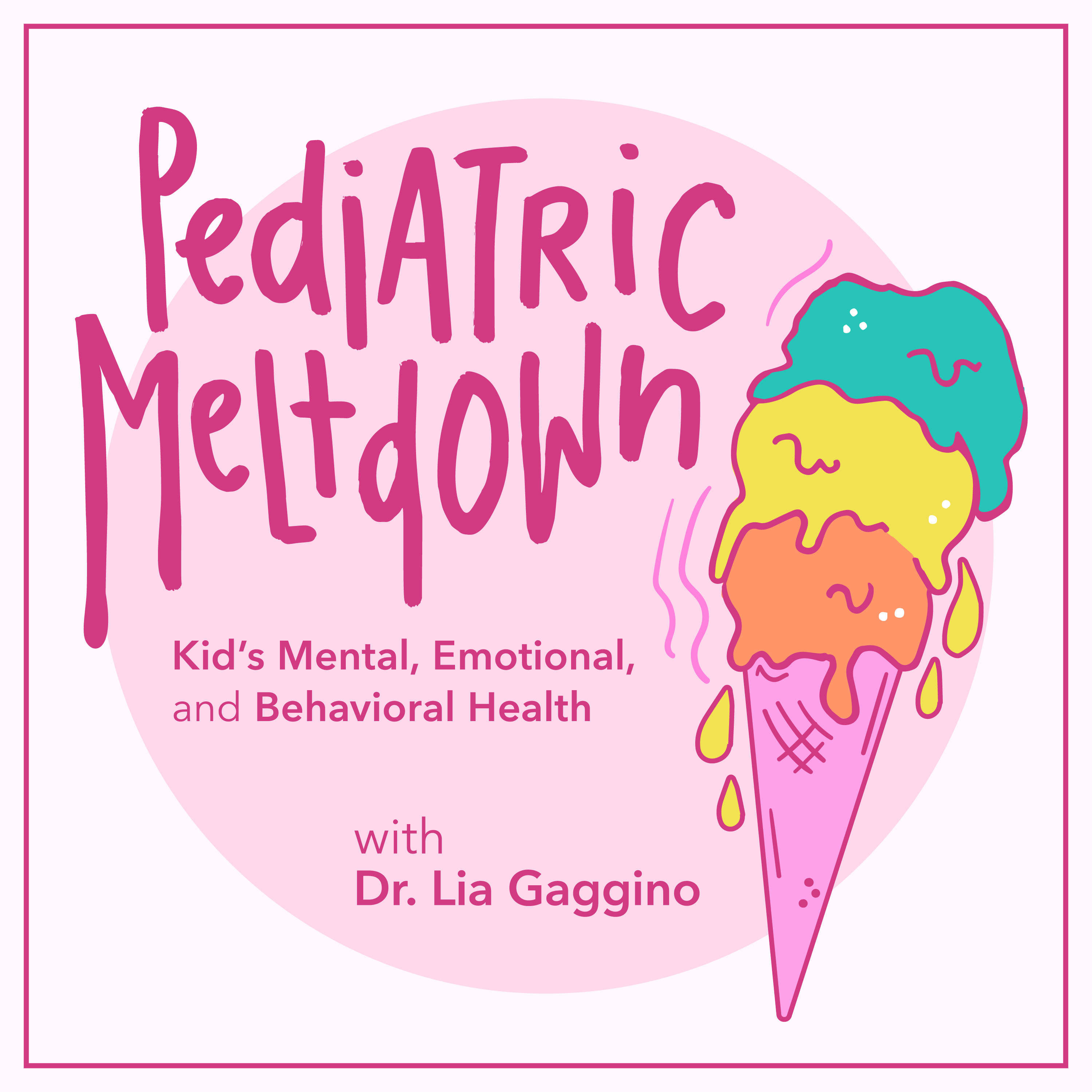151 American Indian/Alaskan Native Youth: Beyond Adversity
https://302.buzz/PM-WhatAreYourThoughtsAs the only pediatrician in her Native American community, Dr. Empey’s insights and first-hand experiences offer a valuable perspective on the need for better representation and improved healthcare access. Dr. Gaggino and Dr. Empey urge all of the listeners, (especially all you early career physicians), to step up and take leadership roles at every level within the medical community. We cannot afford to ignore the health inequities faced by marginalized populations, including American Indian and Alaska Native children. Let us learn from the historical traumas that have shaped their communities and continue to impact their well-being. Through cultural competency, collaboration, and advocacy, we can prioritize their unique needs and ensure that their voices are heard. It is our call to action to dismantle systemic barriers and work towards healing and justice. The journey may be challenging, but the rewards of creating a more equitable and inclusive healthcare system for all are immeasurable. Together, we can pave the way for a brighter future, leaving no child behind. [03:20-10:21] Challenges and Strengths of American Indian and Alaskan Native Children and YouthMany pediatricians may not realize they have children from tribal communities in their practicesConsider the cultural, religious, and spiritual practices of these children and their families in providing careMajority of American Indian and Alaskan Native population live off reservations, in urban centersUrban population seeks care at children's hospitals due to limited IHS or tribal facilitiesLanguage, cultural, and historical diversity among different tribes need to be acknowledged and respected<br/>[10:22- 16:14] Historical Trauma and Health Inequities Contextualizing health inequities within the historical traumas faced by American Indian and Alaskan Native communitiesImpact of colonization, diseases, boarding schools, termination of tribes, and relocations on communitiesExamples of personal and intergenerational traumas, such as the Trail of Tears and Indian boarding schoolsLoss of culture, language, and family connectedness due to boarding school experiencesEffects of relocations on access to traditional foods, opportunities for employment, and increased poverty levels<br/>
[16:15 -21:25] Health Outcomes and Concerns for KidsMental health concerns, including an increased risk of suicideObesity and type 2 diabetesCardiovascular risk factors and hypertensionLack of safe places for kids to play in some communitiesLimited access to fresh fruits and vegetables due to food deserts<br/>
[21:26 - 27:17] Methods for Stress Reduction Practicing mindfulness and meditationEngaging in regular physical activitySocializing and spending time with loved onesEngaging in hobbies and recreational activitiesSeeking professional help or therapy when needed<br/>
[27:18 - 31:44] Closing segment Takeaway
Links to resources mentioned on the showAAP Caring For American Indian and Alaskan Native 2021 Policy Statement: https://publications.aap.org/pediatrics/article/147/4/e2021050498/180860/Caring-for-American-Indian-and-Alaska-Native?autologincheck=redirected<br/>
AAP Site for Patient Care

